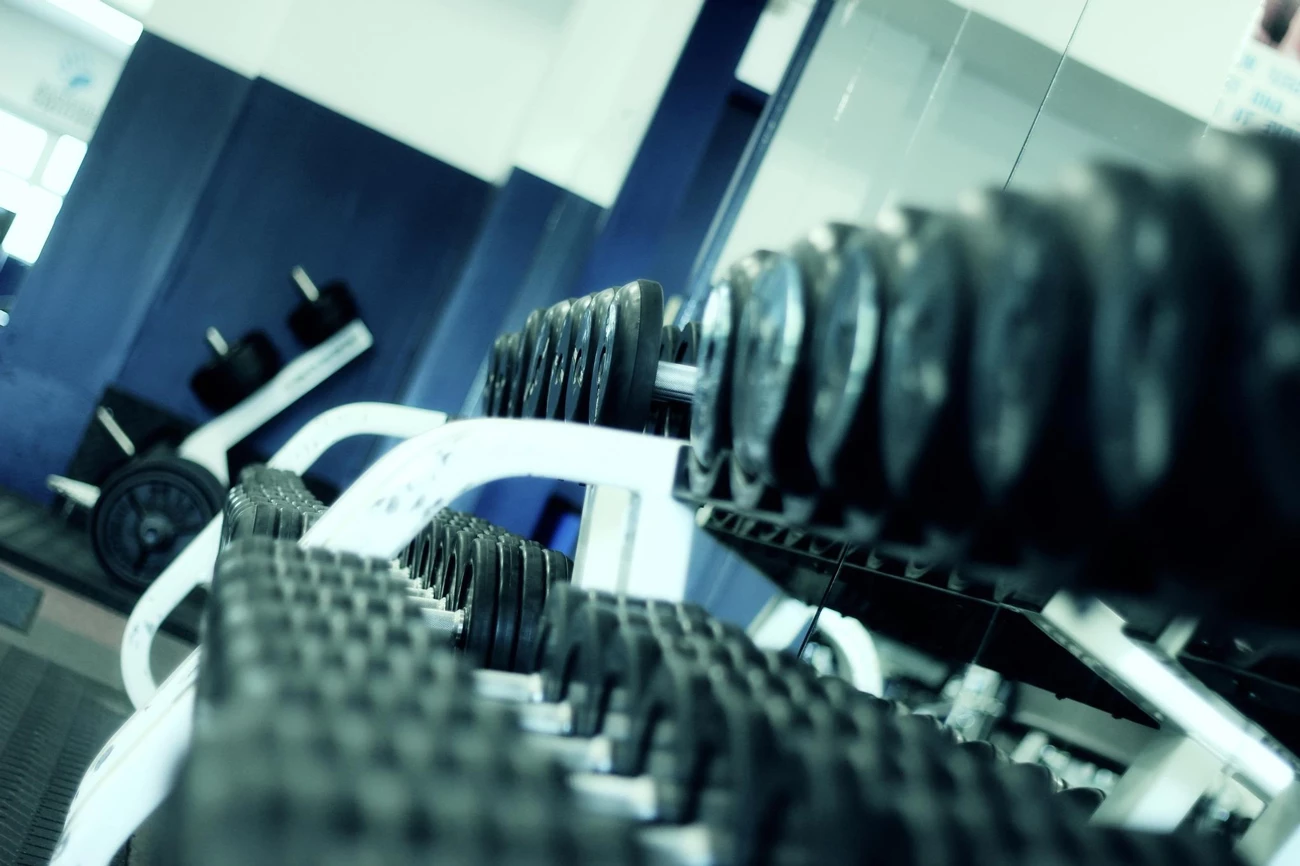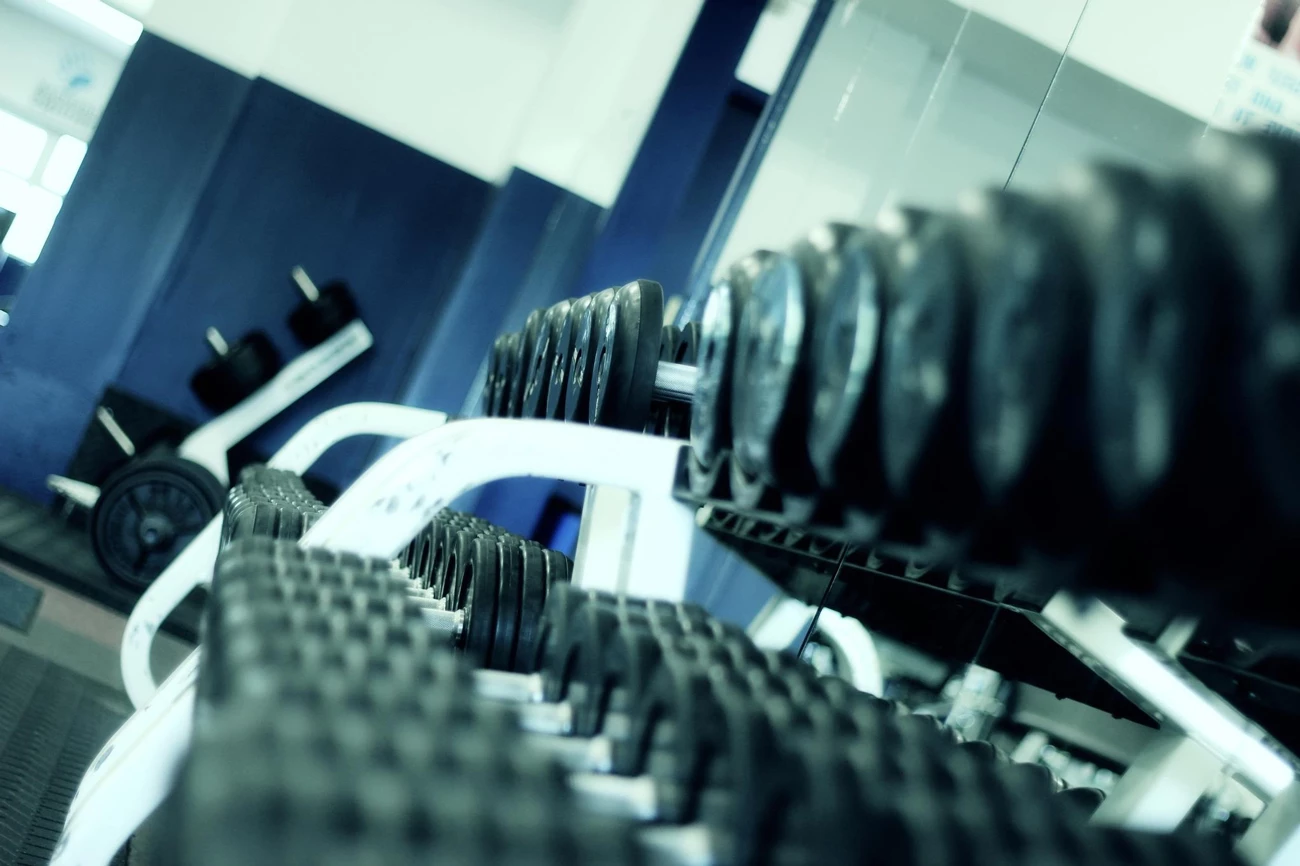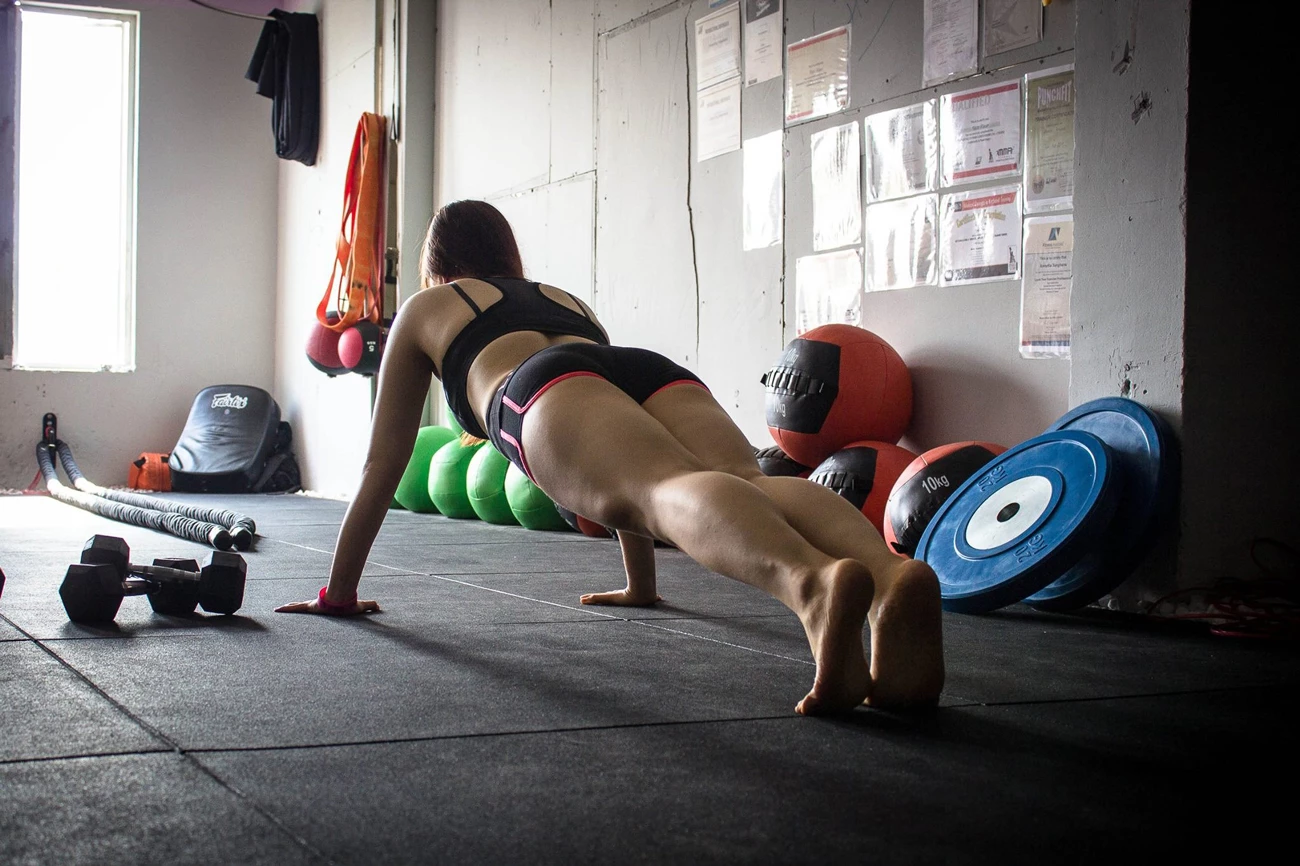08/01/2021 | Category: Commercial Insurance

Indoor gyms, swimming pools and sports facilities in the UK were permitted to reopen from 25th July 2020 as lockdown restrictions were eased amid the Coronavirus pandemic. The news came as a relief to millions of people, enabling them to get back into more sport and fitness activities. But you wouldn’t have blamed some fitness fanatics from thinking twice about going back to their gym with the virus still present in the community.
The challenge for gyms and leisure centres is to give people the confidence to return to exercising without worrying that they are going to catch the virus if they do. As always, the safety of your customers is paramount – but there are new considerations to factor in, which could even have implications for your commercial insurance for a gym policy in respect of employers’ and public liability.
Meanwhile, to help boost revenues after a period of closure, gyms should also be thinking about creating a new strategy for attracting new customers – the marketing plan you had pre-COVID may no longer prove effective.
It’s fair to say that gyms have a lot on their plate to promote their facilities in the new normal. In this article, we offer up our advice on how to adjust accordingly to build a thriving business despite everything going on – and how having the right commercial insurance can help you do that.
Let’s kick things off by looking at how you can reassure customers they are safe to return to exercise…
Follow the government’s guidance
Perhaps the best way to instil some customer confidence in your gym or leisure facility is to ensure you’re following all the government guidance, which shows your members that you’re putting their safety – and the safety of your employees – above everything else.
The government guidance is vast and it pays to read it in full – but we’ve extracted the ‘headlines’ to make it easier for you to digest and follow.
Restrict the number of people using the facility at any one time
This is probably the most important of the government measures.
Capacity needs to be limited in order to maintain social distancing as they use your facility. According to the guidance, the maximum occupancy of each indoor facility should be limited by providing a minimum of 100sqft per person. To achieve this figure, the area is the net usable indoor facility space available to members to use, including changing rooms, toilet and wash facilities.
Gyms and other businesses are successfully managing capacity by using a timed booking system whereby members must book before they can come and use the facilities. This stops people just dropping in as they might’ve done pre-COVID which is more difficult to manage.
You also need to consider the ‘rule of six’ which will apply to organised indoor team sport for adults. Participation in these games and activities should be limited to groups of up to six. Other organised indoor sport and indoor exercise classes can continue to take place with larger numbers, if participants don’t come together in groups of more than six.
Confused? Prime Minister Boris Johnson attempted to clarify what the ‘rule of six’ meant for gyms. Mr Johnson said: “COVID secure venues like gyms can still hold more than six in total.
“Within those venues, however, there must not be individual groups larger than six, and groups must not mix socially or form larger groups.”
Reduce class sizes
While exercise classes can continue with ‘larger’ numbers, you should still set limits on how many people can sign up to take part for participants to keep their social distance.
To offset the limited numbers, you could amend timetabling so that members are able to attend the classes that they want to – which might mean putting on more of the popular classes at the expense of some of the least popular ones.
Manage the number of people in the swimming pool at any one time
If you have a swimming pool on site, numbers should be restricted to allow three square metres per bather. If your swimming pool has flumes or slides, they must be used in a socially distanced manner.
Space out equipment to maintain social distancing
Spaces will need to be adapted in order to comply with some of the guidance. Pieces of gym equipment are required to be an appropriate distance apart to comply with social distancing guidelines.
You might be thinking that this won’t be an issue for your gym as equipment is already spaced 2m apart – but you also need to consider a suitable margin for adequate circulation or one-way routes. In other words, you need to be able to create enough space for people to use equipment, move about the gym and still be able to maintain the social distance.
So, you might need to move equipment, use screens to separate equipment, or even take equipment out of use. Put tape around pieces of gym equipment to denote what’s not being used for the time being.
Provide access to hand-cleaning facilities
Hand hygiene is vital in fighting the virus – it’s been a big part of the government’s message since the outbreak as the virus can sit dormant on surfaces meaning people can contract it simply by touching their face after coming into contact with a contaminated surface or object.
So, to limit the spread of the virus, you should provide plentiful hand-cleaning facilities for gym users which might mean increasing the number of hand-sanitiser stations and signposting wash basins as to encourage people to be hygienic, especially after sharing equipment.
Also, make a point of asking your staff and your customers to use hand sanitiser and wash their hands frequently, either at reception or at team meetings.
Manage people walking through the facility
In usual times, people would cross in corridors going to and from classes but the government advice now is to minimise contact between users and manage people walking through your facility.
With the use of floor markings and signage, you should consider introducing one-way flow at entry and exit points, as well as throughout the gym to ensure people aren’t crossing paths. That might mean creating a new entrance with one of the exit points.
Ensure adequate ventilation
Ventilation is a vital part of mitigating against the transmission of COVID-19. Ventilation into the building should be optimised to ensure fresh air is supplied to all areas of the gym and increased wherever possible. This is particularly important in areas where high intensity exercise activity takes place.
To achieve this, the advice is to ensure you keep your capacity within the framework outlined above and to check that ventilation systems are providing 100% fresh air and not recirculating air from one space to another.
Other ways of increasing the existing ventilation rate are to fully open dampers and ensure fans are running on full speed. Ventilation systems should be on 24 hours a day with filters regularly changed.
Encourage the use of outdoor spaces
Can a class take place outdoors instead of in its usual indoor studio? Viral transmission is widely believed to be greatly reduced outdoors, so if you can put a class on in the fresh air, it makes a lot of sense.
Obviously, this becomes trickier in the colder and wetter months, but it’s important to be flexible, working around the weather where you can.
Deploy floor markings to help people stay distanced
While many of us have become accustomed to keeping our distance from other people – something that wasn’t thought to be an issue back at the start of 2020 – we all need a reminder every now and again.
Floor markings are a great way of providing that reminder while giving people the confidence to move about the gym with greater assurance.
Encourage people to shower and change at home wherever possible
Encourage members to arrive in their kit and, where possible, to travel home to change or shower. Use of changing rooms and showering facilities should be avoided if you can, although these must be kept open for participants with disabilities or special needs and are really for people to change after using the swimming pool, if you have one.
Do gym goers have to wear face coverings?
The guidance on face coverings has changed a number of times throughout the outbreak.
While masks are mandatory in most indoor settings, they are not compulsory to be worn in the gym, according to government guidelines. If they were compulsory, this could make exercising very tricky indeed – or perhaps even dangerous – but some gyms are asking members to wear a mask when moving about their facility when they’re not exercising.
If you’ve got your other mitigating measures in place and users are abiding by them, you are minimising risk and helping people stay safe.
Promote your mitigating measures
Don’t just implement the measures outlined above, make it known to your customers how you’re going above and beyond to ensure that your facility is safe for them to use. People not only want to hear that you’re doing the right thing, they want to see with their own eyes the action you’ve taken to make your gym COVID-secure.
PureGym have produced a short video welcoming back members which shows how they’ve adapted their facility for the ‘new normal’ highlighting things such as how their gyms will be deep cleaned every night with high-grade antiviral disinfectant and how its ventilation systems will pump “2,000 litres of fresh air into our gyms every second”.
According to PureGym, over 60,000 members [have rated] them 4.7/5 for cleanliness and hygiene in July 2020. Such statements are undoubtedly exactly what people want to hear. So, think long and hard about how best to promote your virus-mitigation measures, perhaps including new testimonials from members but more importantly, showing a visual representation of how you’re adapting to the times.
It’s not promotion in the traditional sense, but it’s what works in the current climate.
Get flexible for your members
Despite doing absolutely everything you can to make your gym safe, some members might not yet be ready to return to use the facility.
Understandably, they won’t want to pay for a service they’re not yet comfortable using – but you don’t want to lose them completely. Get flexible for your members if you can, by offering them the option to freeze their membership fee until they do feel comfortable returning. It might not be for another six months, but at least you know that they will be back.
This might not be something you would offer normally, as allowing people to freeze their memberships as they please can make cashflow an issue – but again, we must stress these are far from normal times.
It’s difficult at the best of times to attract new members, so it’s vital you do everything you can to retain those who are happy with your gym, they just need a bit more time to return.
Go after new members
All that said, now could be a good time to go after new members – particularly those people who have used lockdown to work on their fitness and now want to take exercising a step further by working out in a gym.
A marketing plan for new members would usually consist of things like free trial periods and reduced joining fees, and these should continue but you could create campaigns specifically for those who’ve never set foot in a gym environment before. You can also use offline marketing methods to grow your gym memberships.
With so much competition in the marketplace, you could make your gym stand out by showing how accommodating you are to beginners, perhaps even connecting good health to being able to fight the virus.
Protect your gym with commercial insurance
While we’ve spent much of this article talking about how to protect your members, you also need to look after your business. In these unprecedented times, one of the most important things to check is your commercial insurance cover.
At Insurance Choice Commercial, we’re specialists in finding just the right protection for you and your business. Whether you run a hotel, restaurant or leisure establishment, talk to our friendly team today to find the right level of commercial insurance for you.
Get a quote for commercial gym insurance today.
Policy benefits, features and discounts offered may very between insurance schemes or cover selected and are subject to underwriting criteria. Information contained within this article is accurate at the time of publishing but may be subject to change.
